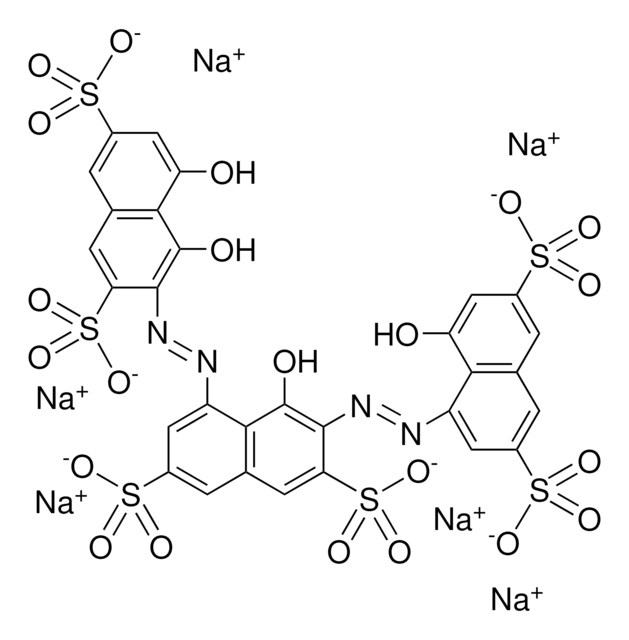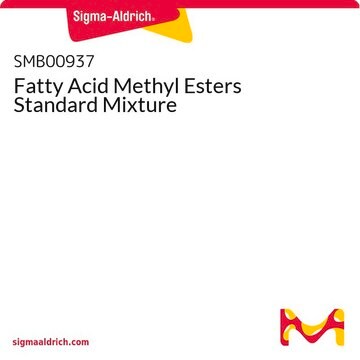MABS1271
Anti-EPCR Antibody, clone JRK1535
clone JRK1535, from mouse
Synonym(s):
Endothelial protein C receptor, Activated protein C receptor, APC receptor, CD201, Endothelial cell protein C receptor
About This Item
Recommended Products
biological source
mouse
Quality Level
antibody form
purified immunoglobulin
antibody product type
primary antibodies
clone
JRK1535, monoclonal
species reactivity
human
should not react with
mouse
technique(s)
flow cytometry: suitable
neutralization: suitable
isotype
IgG1κ
NCBI accession no.
UniProt accession no.
shipped in
dry ice
target post-translational modification
unmodified
Gene Information
human ... PROCR(10544)
Related Categories
General description
Specificity
Immunogen
Application
Flow Cytometry Analysis: A representative lot, when conjugated with fluorescein, detected Doxorubicin (Cat. No. 324380) treatment-induced downregulation of EPCR expression on the surface of HUVECs. Glutathione pretreatment prevented Doxorubicin-induced EPCR downregulation (Woodley-Cook, J., et al. (2006). Mol. Cancer Ther. 5(12):3303-3311).
Flow Cytometry Analysis: A representative lot blocked fluorescein-labeled APC from binding exogenously expressed human EPCR on the surface of HEK293 transfectants. When labeled with fluorescein, clone JRK1535 stained HEK293 transfectants expressing human EPCR, but not transfectants expressing murine EPCR (Liaw, P.C., et al. (2001). J. Biol. Chem. 276(11):8364-8370).
Neutralizing Analysis: A representative lot inhibited APC generation from acrolein-treated HUVECs exposed to defibrinated, recalcified plasma (Swystun, L.L., et al. (2011). J Thromb Haemost. 9(4):767-775).
Neutralizing Analysis: A representative lot selectively affected the survival of sorted EPCR-positive, but not EPCR-negative, MDA-MB-231 mammary fat pad (mfp) cells in cultures. Pretreatment of EPCR-positive cells with clone JRK1535 prior to xenografting also suppressed the tumor-initiating capacity of the EPCR-positive cells in mice vivo (Schaffner, F., et al. (2013). PLoS One. 8(4):e61071).
Signaling
Immunological Signaling
Quality
Flow Cytometry Analysis: 0.1 µg of this antibody detected EPCR in one million A549 cells.
Target description
Physical form
Storage and Stability
Handling Recommendations: Upon receipt and prior to removing the cap, centrifuge the vial and gently mix the solution. Aliquot into microcentrifuge tubes and store at -20°C. Avoid repeated freeze/thaw cycles, which may damage IgG and affect product performance.
Other Notes
Disclaimer
Not finding the right product?
Try our Product Selector Tool.
Storage Class Code
12 - Non Combustible Liquids
WGK
WGK 2
Flash Point(F)
Not applicable
Flash Point(C)
Not applicable
Certificates of Analysis (COA)
Search for Certificates of Analysis (COA) by entering the products Lot/Batch Number. Lot and Batch Numbers can be found on a product’s label following the words ‘Lot’ or ‘Batch’.
Already Own This Product?
Find documentation for the products that you have recently purchased in the Document Library.
Our team of scientists has experience in all areas of research including Life Science, Material Science, Chemical Synthesis, Chromatography, Analytical and many others.
Contact Technical Service








